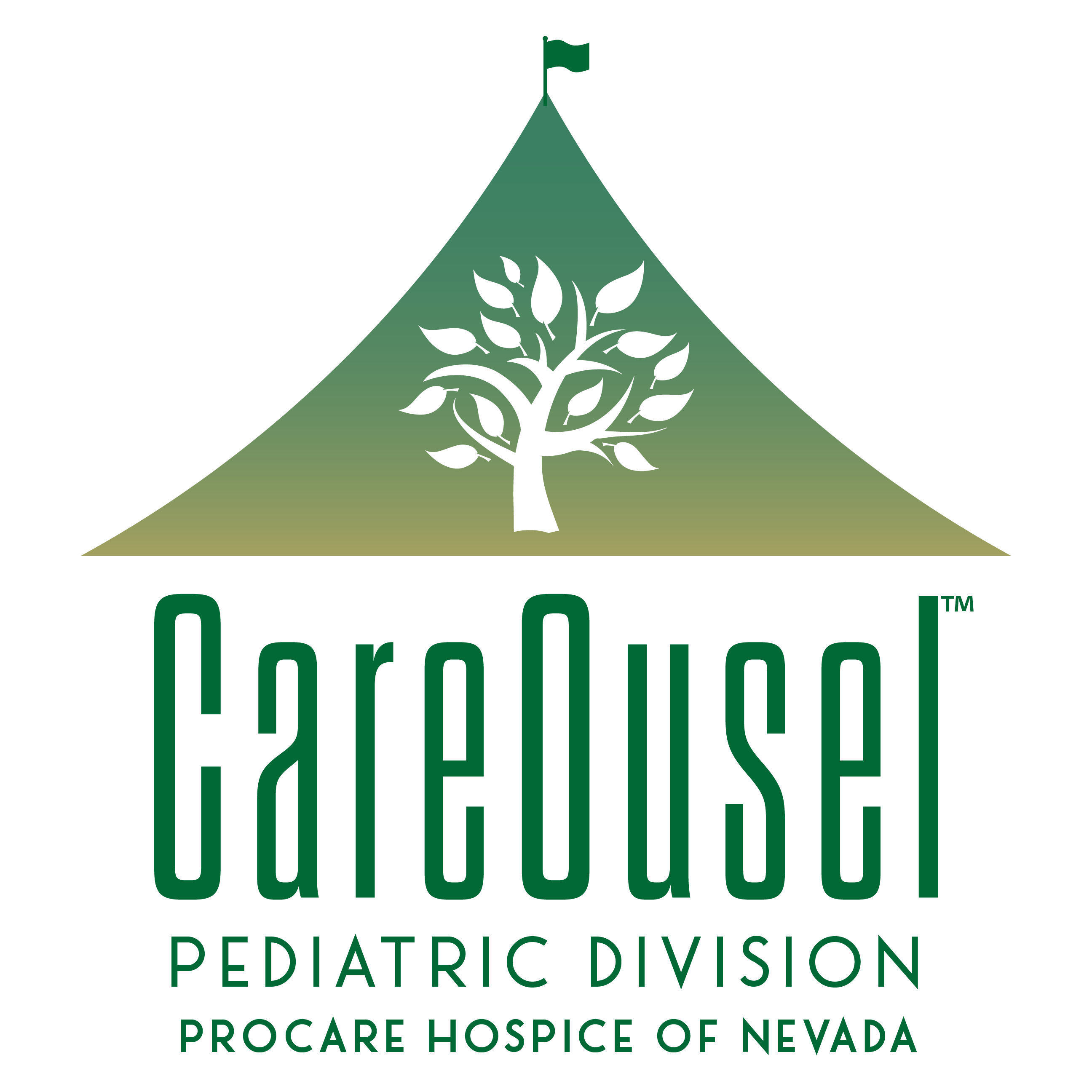Approaching death presents a lot of unknowns to a patient and their family. The true meaning of hospice care and what this style of care looks like seems to be a common misconception. For example, almost every one you speak to will say they would rather die in the comfort of their home surrounded by people they love. Little do they know, hospice care offers just that.
Help your family take advantage of the best care option for them by knowing the truth about hospice care.
Hospice is an approach to care, not a place
Hospice is a style of care that can be provided in your home, a hospital, or a nursing home. Most people choose hospice care because it is an approach to medical care that can be experienced at home while remaining surrounded by loving family and memories. With home hospice, you are assigned a team of caregivers that includes doctors and nurses, counselors and therapists, social workers and even clergy. This team is designed to manage all of a patients needs while approaching death.
Medical care does not end when hospice care begins
As mentioned before, a hospice care program includes specialized medical practitioners. The only difference between hospice care and standard medical treatment is that hospice is not designed to cure. It is a style of treatment that is structured to make a terminally ill patient comfortable during their final days by managing pain and symptoms.
Hospice is not just for elderly patients
Another misconception is that a patient is only eligible for hospice if they have cancer or are elderly. The truth is, a person of any age can qualify for hospice care as long as they have been diagnosed with a terminal illness. That means a younger person with AIDS or Alzheimer’s can receive hospice style care. A doctor just needs to confirm that the patient will not likely live beyond six months.
Hospice care does not require huge out-of-pocket costs
Studies show that hospice can actually reduce the cost of treating terminal illnesses because of its intensely focused efforts. It also tends to cost less than treatment in traditional hospital or nursing home settings because a large part of the care giving can be done by family members.
Depending on the type of insurance you have, it is possible you may receive further relief from some of the financial burden. Medicare and Medicaid will cover partial costs for the various options of hospice care Las Vegas offers. For those who are eligible, the Department of Veteran Affairs may cover all costs regarding this style of care. For private insurers or HMOs you’ll have to inquire about what benefits are available to you. Low-income families can research which hospice care providers offer assistance to them.
Hospice can accommodate almost all patients
Your hospice care team will deliver everything you need for proper care to your door. At home, caregivers will even be taught how you use any machines that are necessary to provide the highest level of care.
Hospice should not be seen as a last resort
Many people think hospice care is designed to simply help a person die. This is not true. Hospice care intends to make patients feel comfortable and assist with final planning. This is so that a patient can die with dignity and peace of mind. Don’t be part of the 33 percent of families that wish they entered their families into hospice care sooner than they did.
Choose ProCare Hospice of Nevada because they strive to give patients the best experience possible. For more information about Las Vegas hospice care, contact 702.380.8300.


 Back To Top
Back To Top